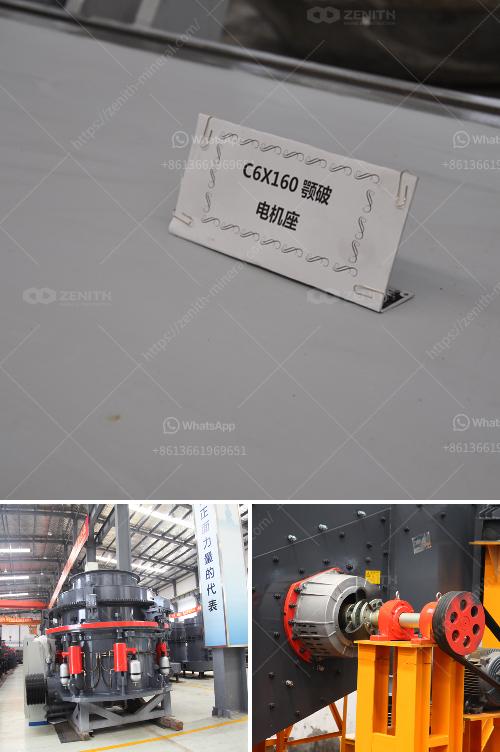The size of a 100 tons per hour (tph) rock crushing plant can vary depending on the specific design and configuration. Here are some general considerations:
Primary Crusher: Typically, this would be a jaw crusher or a gyratory crusher. A primary crusher has dimensions of about 15–20 feet in length, 5–10 feet in width, and 10–15 feet in height.
Conveyors: Multiple conveyors for material transport within the plant, each potentially spanning 20–50 feet in length. The width typically ranges from 24 inches to 48 inches.
Secondary Crushers: Depending on the design, a secondary crusher such as a cone crusher or an impact crusher may be used. Dimensions can range 10–15 feet in length, 5–8 feet in width, and 8–10 feet in height.
Screens: Vibrating screens for sorting and separating different sizes of crushed rock can be about 15–20 feet in length and 5–8 feet in width.
Auxiliary Equipment: Hoppers, feeders, and surge bins vary, often fitting into a space about 10–30 feet in length and 5–10 feet in width.
Layout Area: Overall plant layout usually requires a footprint of approximately 150–300 feet in length and 50–100 feet in width. The precise arrangement, including spacing between equipment for maintenance access, significantly influences the required area.
Height Considerations: The vertical setup, especially conveyors and screen towers, can reach up to 30–50 feet depending on the specific plant design.
These dimensions provide a broad estimate. Actual specifications will depend on manufacturer recommendations and site-specific conditions.
